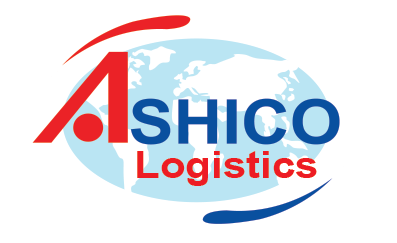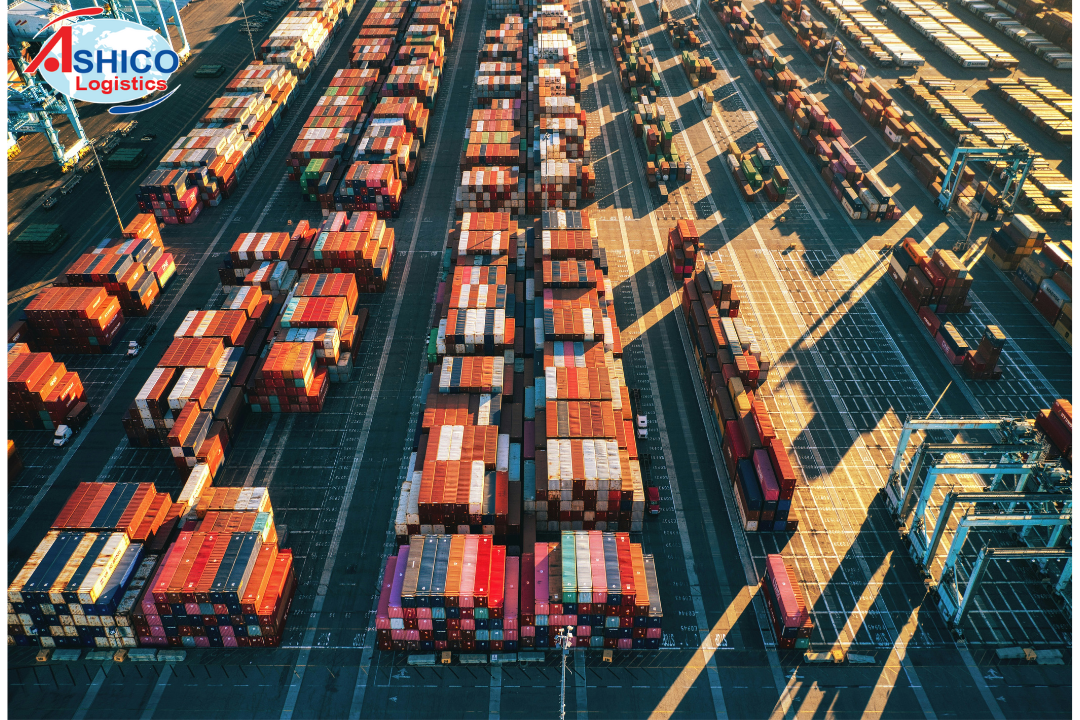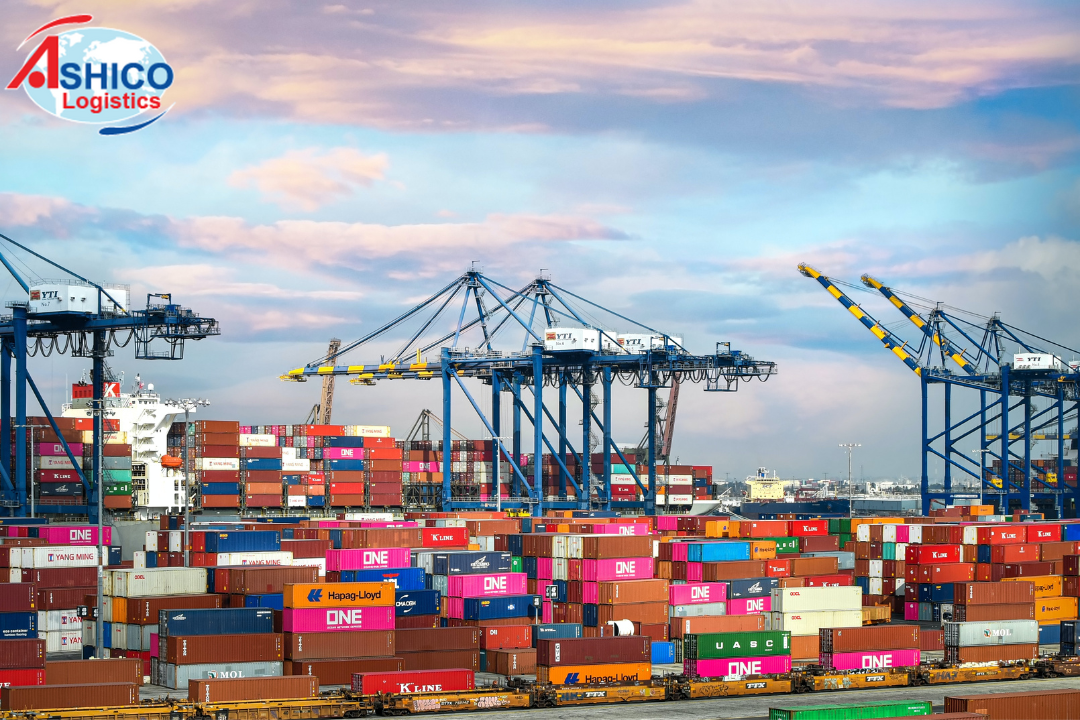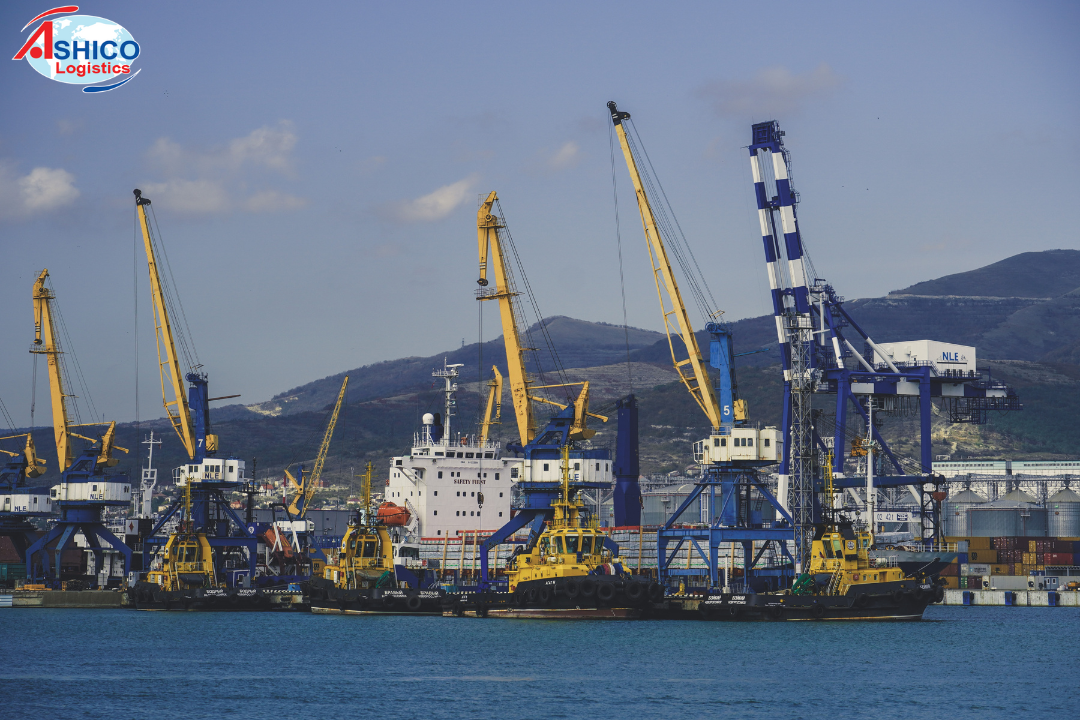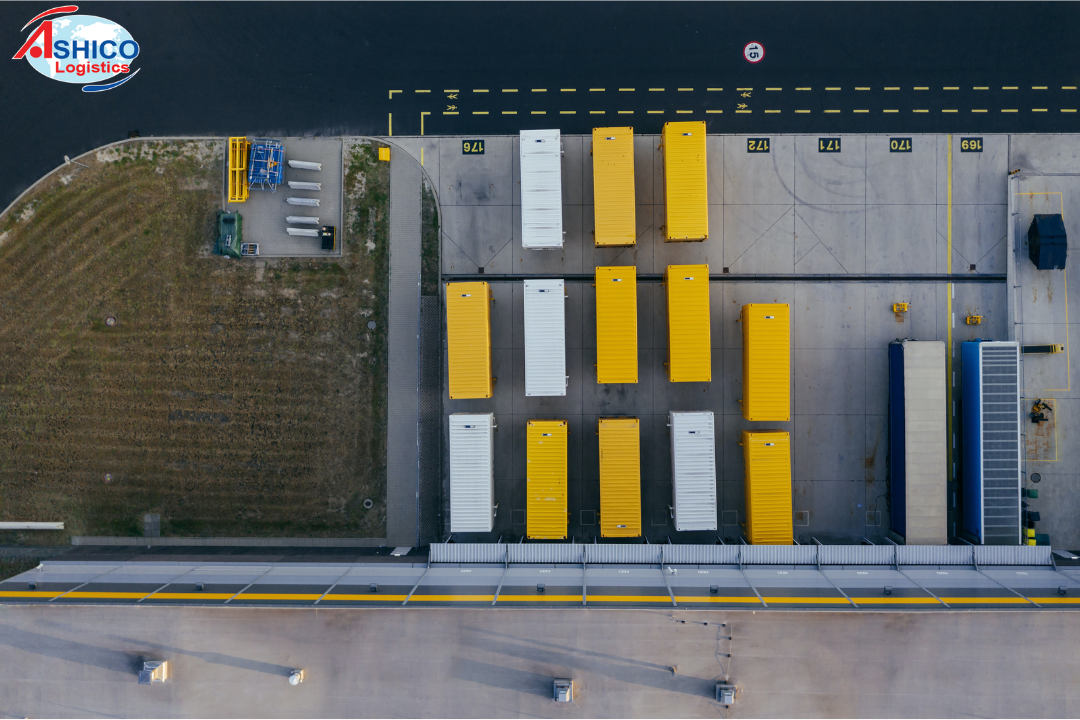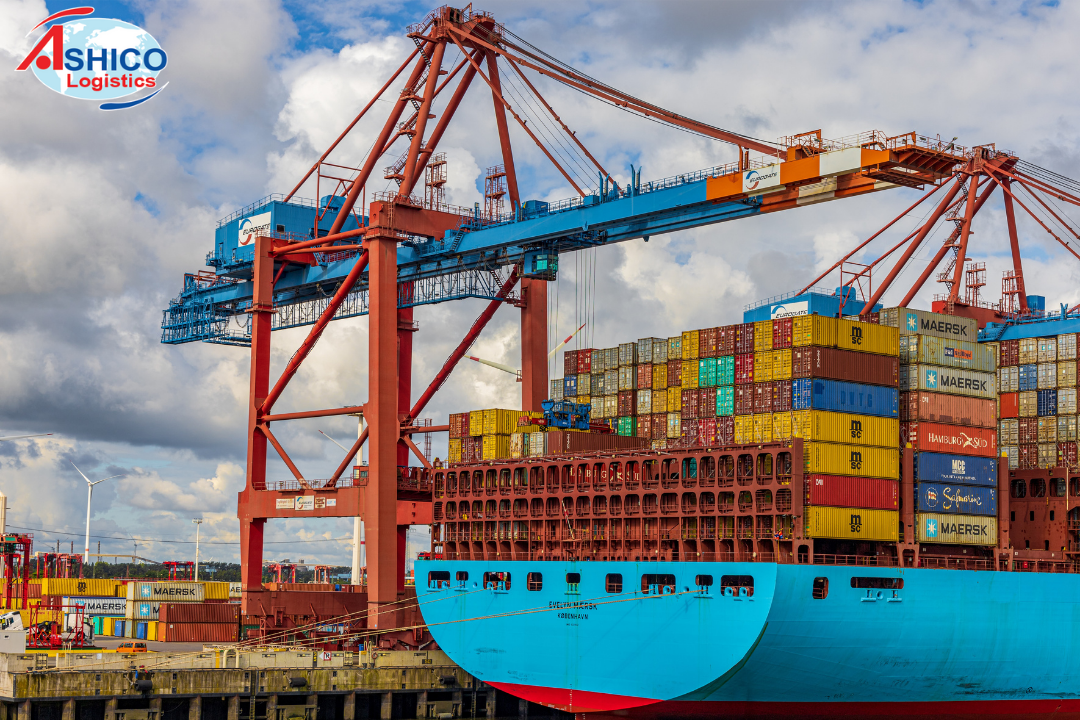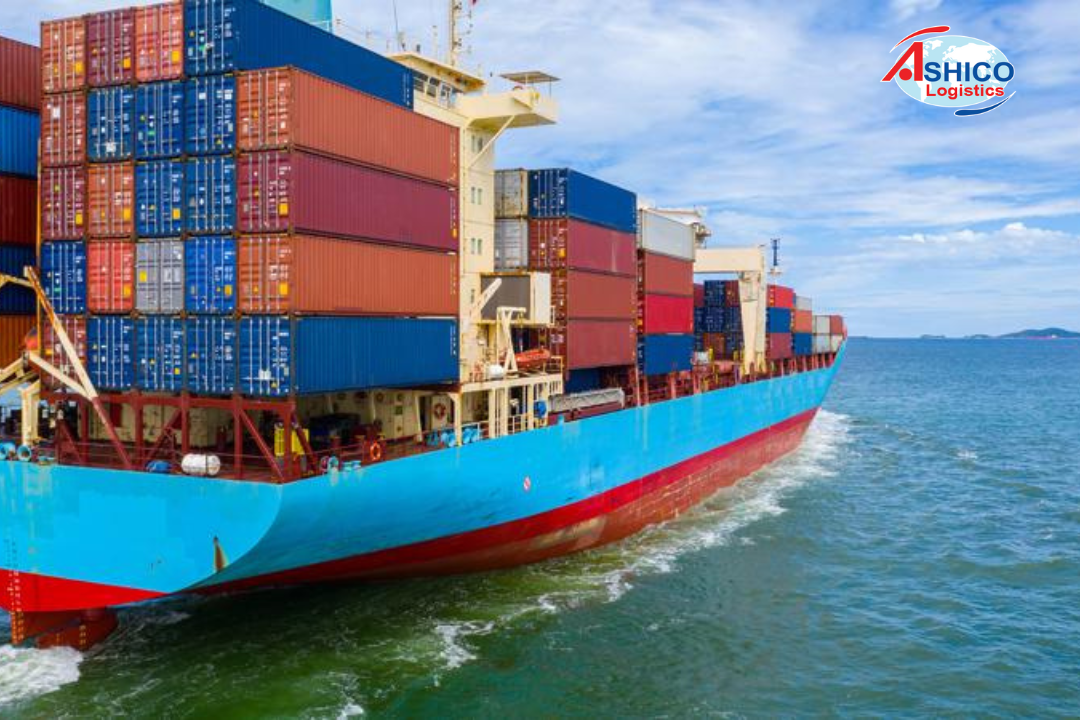
How does automation affect shipping?
Shipping businesses apply automation to reduce costs, reduce risk, improve forecasting, and shorten delivery times.
The development of technology requires the shipping industry to change to respond to the increasing needs of consumers and operate in an environmentally friendly manner. Under pressure to shorten delivery times, many transportation companies use AI technology and automation to solve this.
Digital transformation benefits ports, supply chains, customers and the environment. Business day-to-day operations can be made more efficient and cost-effective with the help of shipping automation.
.png)
Automation is increasingly being applied to the shipping industry
Currently, the shipping industry deploys robotic process automation (RPA) to handle high-duplication jobs and improve delivery quality and speed. When processes are streamlined using RPA, the number of operations completed by manual processes is reduced. In addition to choosing the right carrier, packer, service, and postage, automated shipping takes advantage of the benefits software can bring to unlock the potential of your business and reduce costs. cost.
By leveraging technological advantages, the shipping sector can improve predictability and operational efficiency. Here are some benefits of automation for shipping businesses.
Improved analytics
From multiple data sources, business intelligence is gathered using advanced analytics, businesses can make faster and more accurate decisions based on data and evidence.
Risk forecast
AI and automation are essential for the maritime sector. Historical data analysis will be aided by machine learning algorithms that account for variables such as weather or peak or trough seasons for the transportation sector. Automating processes can help identify problems before they arise, allowing businesses more time to deal with issues. At the same time, when using automation technology, accidents can be reduced.
Route optimization
To help shorten delivery times and ensure a seamless delivery process, route management involves automated optimization. In addition, optimized route planning reduces the need for human labor and promotes automated cargo sorting. With automated and optimized routes, businesses can add or additional stops to make additional deliveries or get more from consumers.
Improve productivity
The shipping industry can increase productivity and efficiency by using automated shipping systems. This allows the company to process more orders and not have to hire more staff. From there, businesses can increase revenue while increasing the number of customers and the number of orders.
Cut the cost
Human resources in the field of logistics is a problem in the field of logistics. By using technology, businesses can reduce the number of employees and optimize operating costs. Reducing labor costs is one way to save costs.
At the same time, businesses can also reduce shipping costs by using shipping software to improve product packaging productivity.
Reduce error rate
Lower error rates enhance the customer experience while reducing the handling costs of returns and shipping back to the manufacturing unit. According to a survey of 200 business owners, 62% said that human error in manual management caused the amount of inventory to increase. Therefore, applying automation can reduce the error rate.
Many studies predict that the integration of automation in the shipping industry will increase in the coming time. Automation enables cost reduction, risk reduction, forecasting improvement, faster delivery through more efficient routes. RPA has been used by transportation businesses in their day-to-day operations to increase overall operational efficiency.
Phi Hung (Source:Timestech)
